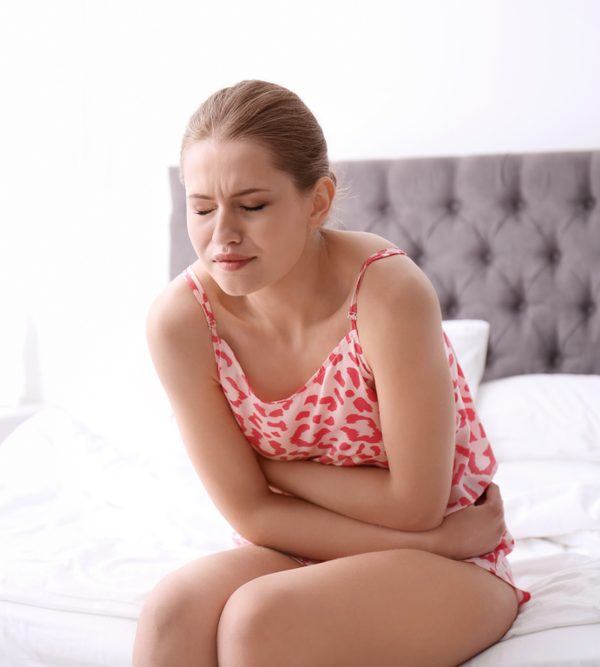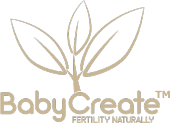
PCOS and Your Fertility (Part 2)
30 Sep 2018
How do Environmental Chemical Exposures Affect Your Fertility?
15 Apr 2019
Endometriosis is one of the most common causes of infertility.
The fact that you are reading my blog means that either you, or someone you care about, is one of the 10% of reproductive-aged women suffering silently from this most painful and debilitating disorder.
The impact that endometriosis has on your life can never be under-estimated. Endometriosis is one of the most common causes of infertility.
What is Endometriosis?
Endometriosis is a condition in which cells from the uterine lining (endometrium) are also found in parts of the body other than where they are supposed to be.
Most often, these include anywhere in the abdominal cavity, on organs such as the bladder, intestines, on the ovaries and also the fallopian tubes.
Because these cells behave like the endometrium, they will be triggered by the same hormones that bring on your period, hence causing this tissue to shed and bleed.
This shedding and bleeding gets trapped in the abdominal cavity causing much pain due to the nerves in the area becoming irritated and inflamed. Over time this causes scar tissue to be formed which eventually sets up an abnormal immune response which results in more inflammation and scarring….and pain.
What causes Endometriosis?
Genetic predisposition (family history) make up 50% of the endometriosis diagnoses. But hormonal imbalance, disorder of the immune system (autoimmune disease) and chronic inflammation have also been postulated as some of the main causes of the disease.
The latest research is also pointing to the health status of the microbiome – the proportion of good bacteria in the gut.
But epigenetic factors such as diet, lifestyle and environmental influences also play an important part.
What symptoms are associated with Endometriosis?
- Painful periods
- Abnormal bleeding (spotting around ovulation or throughout cycle)
- Cyclic abdominal pain usually around ovulation
- Constipation and diarrhoea around time of periods
- Painful bowel movements
- Nausea and vomiting with periods
- Painful urination and increased urinary frequency with periods or ovulation
- Painful intercourse
Are there natural treatments for Endometriosis?
My approach when treating someone naturally with endometriosis, is to first assess each person individually. I always deeply analyse your blood and ultrasound results, and I also offer DNA/Genomic testing – this is a comprehensive test that analyses genome and helps to throw some light on what areas need addressing in order, for example to reduce inflammation, in order to help improve your chances of getting pregnant
I use a combination of specific Herbs, Supplements and Dietary advice while focusing my treatment on:
- Balancing hormones
- Reducing inflammation
- Supporting the immune system
- Repairing tissue damage and breaking down adhesions
- Treating pain
- Promoting natural detox
- Advising on removal of environmental toxins
- Improving the health of the microbiome
What can I do to help improve my health and fertility with Endometriosis?
- Reduce inflammation with an anti inflammatory diet which includes whole foods (mainly plants), good fats & fish, and excludes sugar, processed foods and trans fats.
- Reduce your exposure to environmental toxins including chemicals in the air, water, food, pesticides, plastic food packaging, household cleaners, flame-retardant treated furniture fabrics. These all increase your hormone burden.
- Drink green tea rather than coffee.
- Ground flaxseeds are very good for increasing your daily fibre intake as well as reducing your toxin load.
- Ginger and Turmeric help with pain as well as inflammation.
I hope I have given you a better understanding of the natural approach to the treatment of Endometriosis and how you can help yourself or that person you care so much about!
Joanne Lipinski – Fertility Naturopath Melbourne
